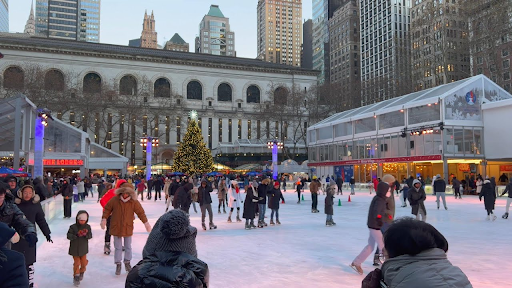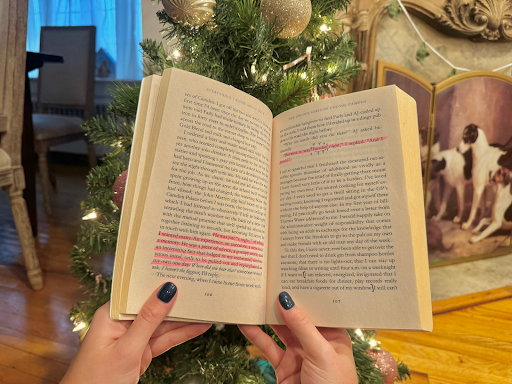‘Tis the season of leaves changing color, the winds blowing a little stronger and the scent of pumpkin spice filling the air. Whether it be at Starbucks, Dunkin Donuts or your favorite local coffee shop, during the fall season you can grab a nice, warm cup of pumpkin spice coffee to drink while you take the subway, study or do absolutely nothing.
But what exactly is pumpkin spice?
Well, for one, it’s definitely not the spice of an actual pumpkin. According to NPR, pumpkin spice is actually a compound of sugar, condensed milk, annatto and “natural and artificial flavors.” Food scientist Kantha Shelke explained to NPR that many companies have come up with an overly simplified, overly artificial chemical cocktail with a select few of the compounds found in pumpkin, cinnamon, cloves and nutmeg.
This convinces your brain, and soul, that you’re downing a liquid-y member of the pumpkin family and a giant cup of the greatest thing that the fall season has to offer.
For example, instead of nutmeg, a compound called sabinen is used in pumpkin spice flavoring. I highly doubt that you’ll find large traces of concentrated sabinen at your local pumpkin patch.
However, what’s more interesting than the ingredients that go into pumpkin spice is the dent that it has made on so many different industries. Not only has the coffee industry been greatly impacted by the popularity of pumpkin spice, but other industries have too.
You can get almost anything in the flavor or scent of pumpkin spice, like candles, bath bubbles, body washes, cookies, hand sanitizer, even dish soap. The appeal is obvious. Pumpkin spice both smells and tastes delicious and gives us a concentrated version of the very essence of fall that we all love to indulge in.







